WORLD TRAVEL NEWS ARTICLE
TUNISIA
'TUNIS, NORTH AFRICA’S SECRET CITY'
Tunis is possibly the most overlooked city in North Africa. Secrets are often good. While the world waxes lyrical about Marrakesh in Morocco, mention Tunis, the capital of Tunisia and peoples’ eyes often glaze over.
“Why ever would I want to go there?” mused my pal Silvia.
We went two months later and now she can’t wait to go back. It is that kind of place – you either get it or you don’t.
The vast and well-publicised holiday complexes further south in Tunisia on offer from tour operators may well lead people to believe that culture and style don’t exist in this country. They do and serious city break fans should not be deterred from a whirl around Tunis.

The impressive remains of ancient Carthage
It’s closer than you may think. The flight from London Gatwick is usually around 2½ hours , under 2 hours from Paris and just over an hour from Rome.
Tunis has a population of around 1 million if you include the suburbs and some of the suburbs themselves are memorable: Carthage, for example, was one of the greatest cities in the ancient world, founded in 814BC by the Phoenicians and then re-established by Julius Caesar as a Roman city in 46BC. The ancient baths, columns, halls and amphitheatre are well worth taking half and day or more to explore in the company of a good guide.

La Marsa
La Marsa is an elegant spot and, like Carthage, about twenty minutes out Tunis by cab or clanking little train. This is where locals and tourists hang out and have ice cream or cocktails. There are bars and cafes with names like Cafe Veronique and Bar de la Plage and if it weren’t for the occasional ladies in long traditional dresses, La Marsa could easily pass for a French Riviera resort. Beautiful villas once home to the beys (rulers of Tunisia from 17th century until independence in 1956) nestle among pine trees and climbing jasmine. Just five minutes away is Gammarth, home to The Residence, Tunis’ best hotel and a member of Leading Hotels of the World. Rumour has it that the Robert Trent Jones Junior designed golf course, which opened in 2008, is attracting some celebrity guests keen to practice their swing away from the glare of the paparazzi.
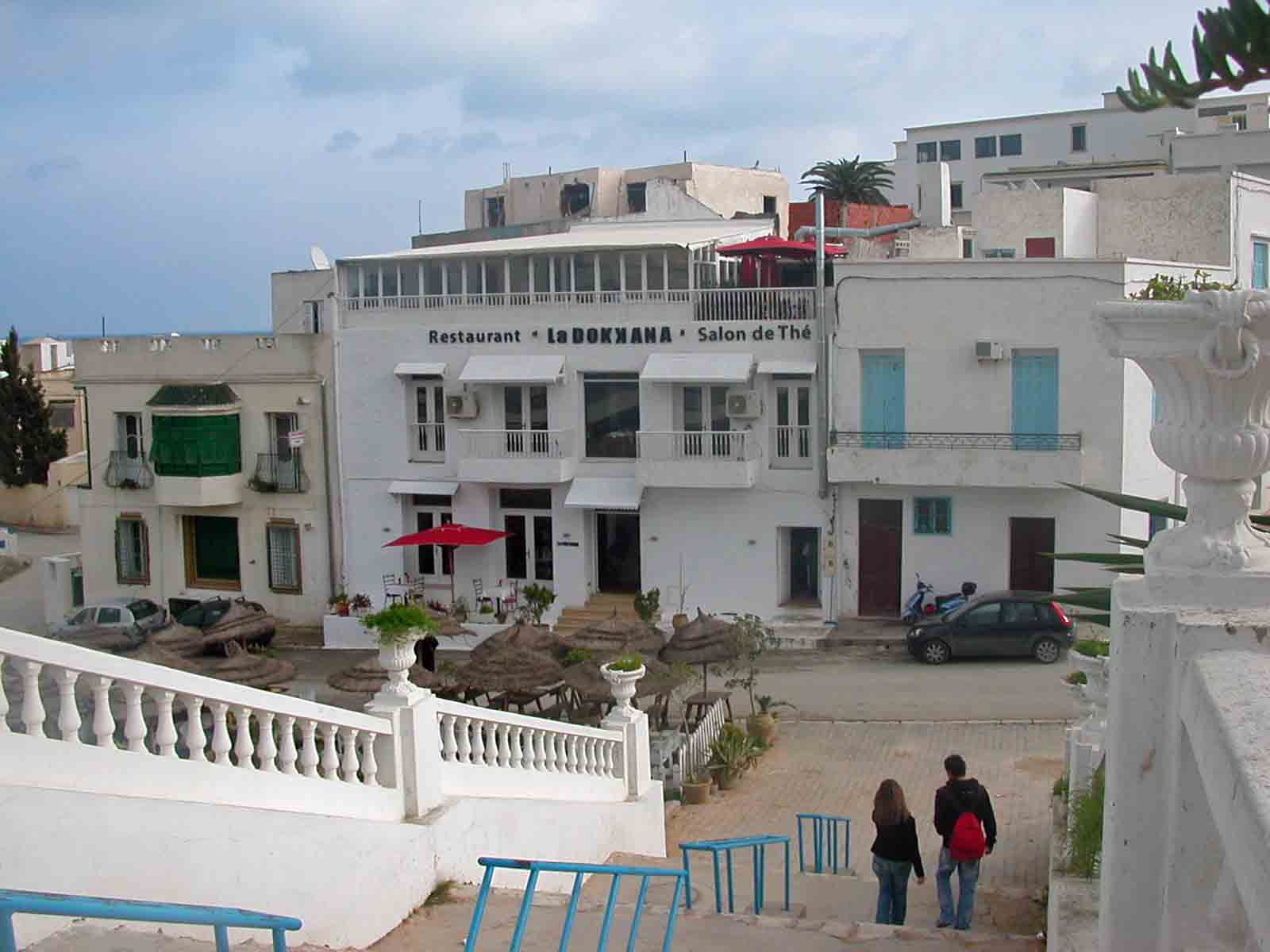
La Marsa
And it is the same clanking little train that also brings you out to the sparkling blue and white hilltop village of Sidi Bou Said. A jumble of shops, cafes, art galleries, dars, (former noblemen’s homes) are all perfectly thrown together. Named after a saint who came to write poetry here, Sidi (as the locals call it) still attracts writers and artists.
One dar has been converted to a gorgeous little hotel, the aptly named Dar Said. Think pretty patios, tinkling fountains and traditional style bedrooms with sumptuous fabrics and furnishings.
So, what of the French influence here? Back in the bustling centre of Tunis, it’s evident. The words “patisserie”, “boulangerie” and “salon de coiffure” catch the eye at every turn. Tunisia became independent of France in March 1956 and excellent relations still exist between the two countries.

Avenue Habib Bourguiba
The main Parisian-looking boulevard that cuts through the centre of the capital is the Avenue Habib Bourguiba, named after the father of Tunisian independence and home to a striking art nouveau theatre, endless pavement cafés and interesting shops selling everything from cinnamon to Chanel. As the road approaches the entrance to the famous medina the name curiously changes to Avenue de France - the two cultures really do sit comfortably together.
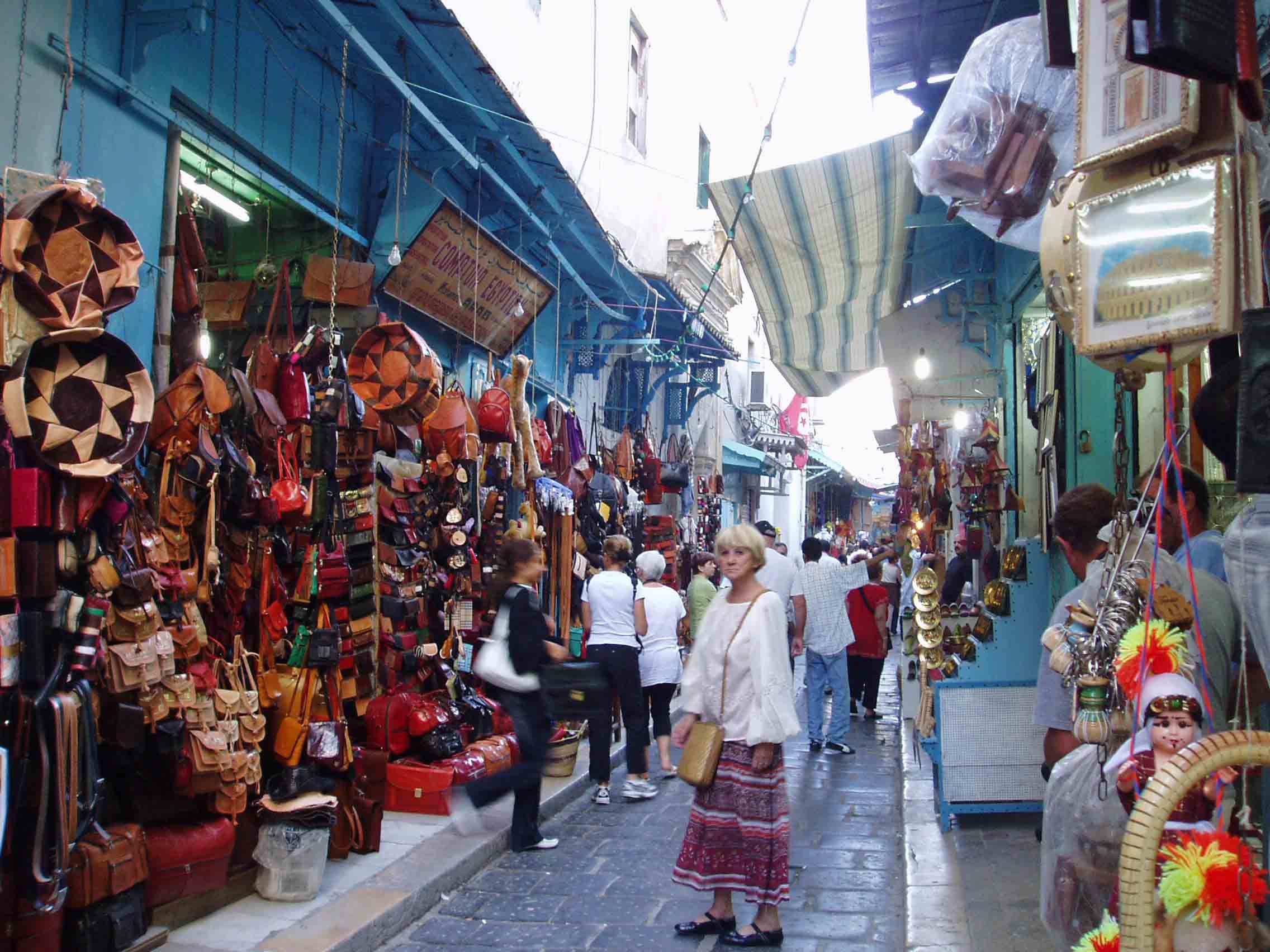
The medina in Tunis
The medina is a UNESCO listed heritage site and is a walled city-within-a city which once housed more than 100,000 people. Today, the population has dwindled to around a tenth of that. Twisting narrow alleyways are home to some tourist fodder but as the sequins and spangles shimmer on bags and slippers, one can imagine how things were even fifty years ago before visitors arrived.
Traditional crafts remain at the core of the medina and a guide is the best way to seek out the old souks or marketplaces where the art of copper beating, hat making, and wool weaving still thrive. Here at the centre, stands the imposing Zitouna mosque built in 732 AD and one of the holiest places in Islam.
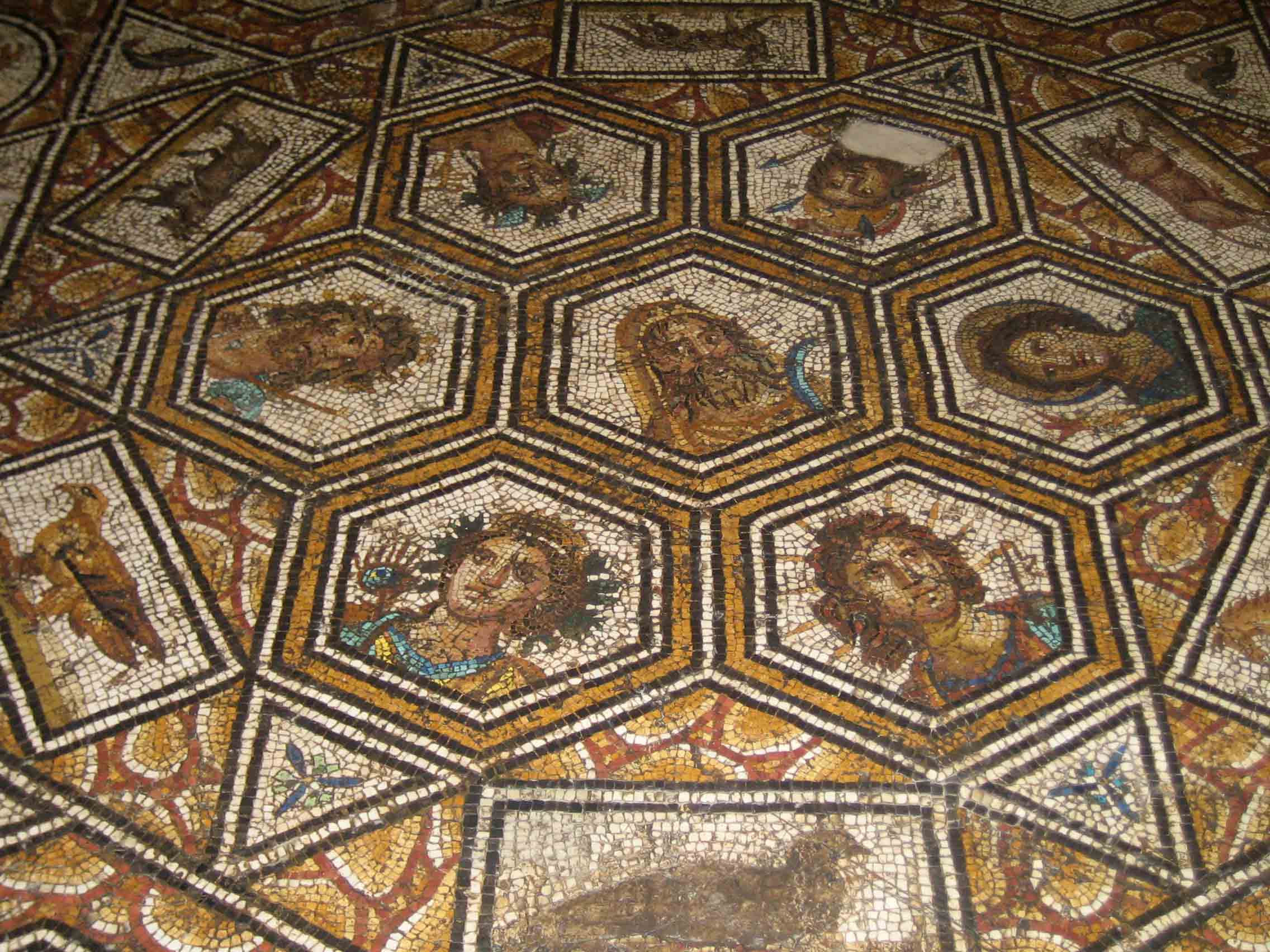
Spectacular example of Roman mosaics at the Bardo Museum
The Romans left their mark on Tunisia and The Bardo Museum houses one of the best collections of Roman mosaics in the world. These are not mere fragments hidden under glass but huge walls and floors of complete mosaics, so well preserved that their colours remain fresh. You will need to allow at least two hours here.
Tunis has some wonderful restaurants and fish lovers should head for the port area at La Goulette where the daily catch is displayed with pride. It is the Mediterranean sea that laps these shores. Tunisia produces red, rosé and white wine, and some are now beginning to win awards across Europe. There are bistros and bars, shops and souks, sandy beaches and sports facilities and an awe inspiring feeling of history almost in the palm of your hand.
Go and see if Tunis does it for you.
Fact File:
British Airways flies from London Gatwick to Tunis from around £150 return.
The Residence has rooms from £250 per night www.theresidence.com .
Dar El Said has rooms from £90 per night b&b based on 2 sharing. www.darsaid.com
For more information visit www.cometotunisia.co.uk
You may also like to read
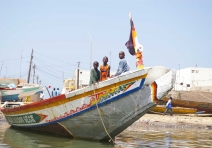
SENEGAL
Tour-smart's overview of this exciting all year round vacation destination.

CANARY ISLANDS - THE TWO FACES OF TENERIFE
Tim Ware shows Tour-smart the two faces of Tenerife
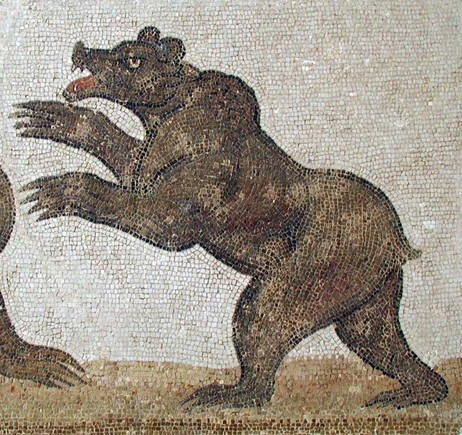
Comments